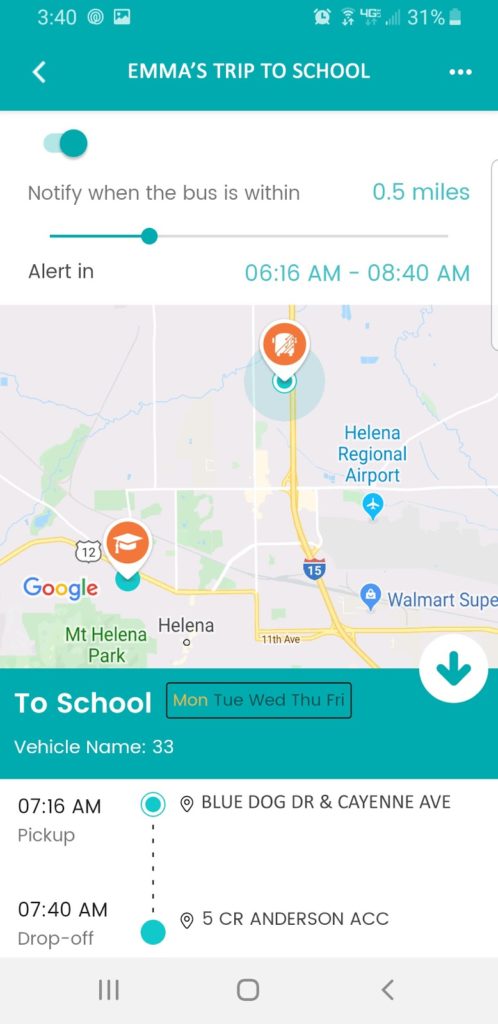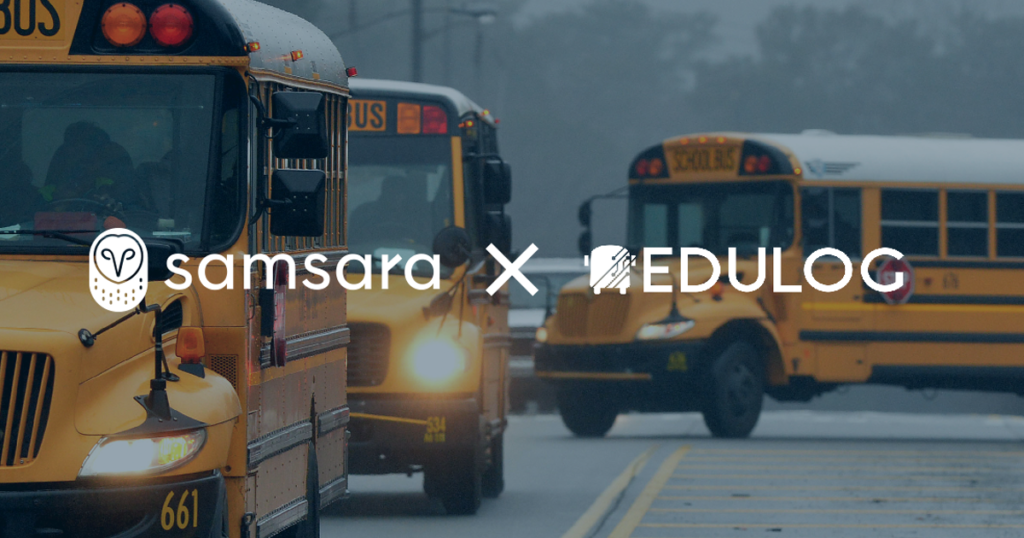“The main thing is that we’re going to know which students are on the bus and if the right students are on the bus because when a student swipes their card, it will tell us if that student belongs on that bus or belongs on another bus,”
Eric Keesecker, Executive Director of General Education Transportation Services
The Need for Contact Tracing
During the pandemic, masking and a shortage of drivers made it difficult for Berkeley County Schools, West Virginia to identify which students were on a given bus at any time, let alone if a student was on the correct bus or disembarked at the correct stop.
Due to increased community expectations, the accuracy of student ridership numbers has never been more important.
Districts need to know which students are on a specific bus, when they boarded and departed the bus, the duration of the student’s bus ride, and who they came in contact with while on the bus. It is one thing for a student to be on the wrong bus but it is even more problematic for a student to get off at the wrong stop.
The district employed a number of substitute drivers that were not familiar with the students. It was clear that a student ridership program would be necessary to effectuate contact tracing.
Beyond monitoring ridership, the district needed the ability to message subgroups of parents based on which route or bus their students were assigned. Previously, messages had to be broadcast to the whole community. In addition, the district’s GPS hardware was due to sunset and required replacement.
Leveraging ESSER Funds to Expand and Improve Your Technology Infrastructure
The Berkeley County Board of Education (BOE) reviewed offerings from Trekker and Zonar before ultimately deciding on the Edulog/Samsara solution, which included student ridership, a parent app, driver management, and dual-facing cameras.
The Edulog/Samsara partnership provided a decade-long scope and allowed the BOE to leverage available ESSER Funds for a ten-year license with a one-time fee and no annual recurring costs. The district anticipates replacing tablet hardware around Years 5-6 with no impact on the General Operating Budget.
What is the ESSER Fund?
Congress set aside approximately $13.2 billion of the $30.75 billion allotted to the Education Stabilization Fund through the CARES Act (Coronavirus Aid, Relief, and Economic Security) for the Elementary and Secondary School Emergency Relief Fund (ESSER Fund). These emergency relief funds address the impact that COVID-19 has had, and continues to have, on elementary and secondary schools across the Nation.
Improved Service and Communication

Eric Keesecker, Executive Director of General Education Transportation Services, told The Journal, “We are super excited about (Parent Portal) because we were able to offer parents at the tips of their fingers, on their phones, information about their bus, their bus route, their student ridership, whether their student got on or not at the right stop, got off at the right stop. It does many other things, too. They can change stops if they want to. This is a much, much safer system.”
Bus drivers, particularly substitutes, will also have significant support aids available on their tablets. Digital route sheets and turn-by-turn directions will allow the district to phase out the use of paper maps and directions. For substitute drivers on an unfamiliar route, assistance from a tablet is preferable to driving with paper route sheets in one hand and the steering wheel in the other.
The ridership functionality will alert drivers if a student boards the wrong bus or disembarks at the wrong stop. It is one thing for a student to be on the wrong bus but it is even more problematic for a student to get off at the wrong stop. By providing school bus drivers with the support tools they need, transportation departments can guarantee accountability and streamlined communication with parents and caregivers.
Why Edulog and Samsara?
Now, more than ever, school districts need to be able to make data-driven transportation decisions and serve their communities with agility. Together, Samsara and Edulog offer an integrated solution for enhanced student safety, route planning, and parent communication. With this new integration, our shared customers will be able to leverage Samsara data directly in the Edulog software and Parent Portal, helping them:
- Keep students safe with the ability to design routes that support social distancing guidelines and perform contact tracing with visibility into student ridership.
- Streamline parent communications by proactively sharing real-time ETAs, route updates, and more in an easy-to-use mobile app.
- Plan safer, more efficient routes with easy-to-use modeling tools, backed by granular data about true ridership, fleet utilization, and route performance.

